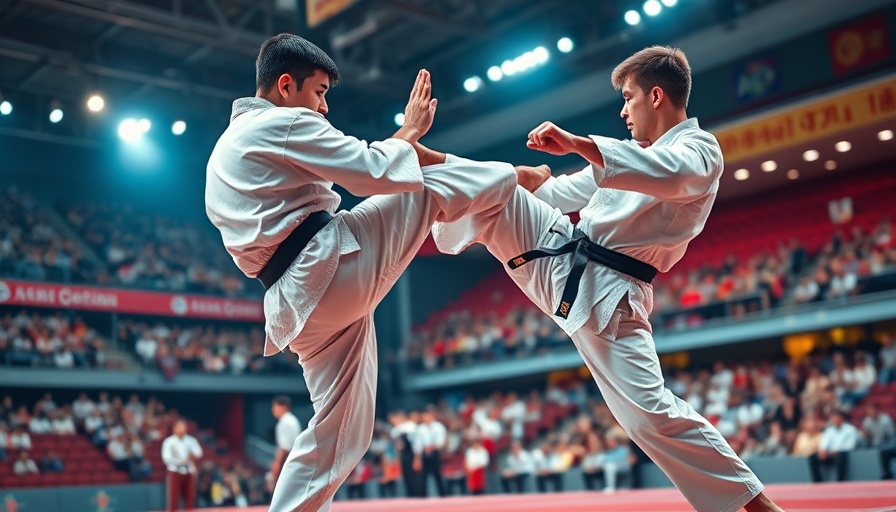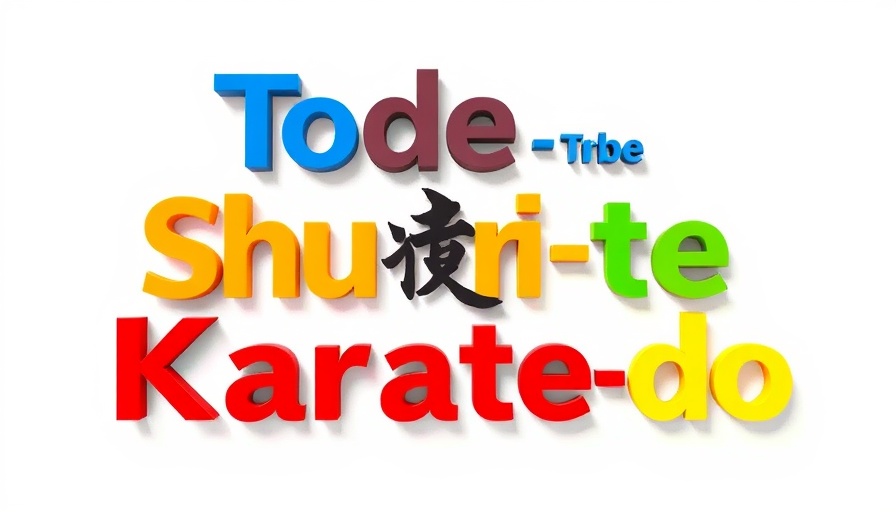
Mastering Combat Strategy in Martial Arts
To truly excel in martial arts, understanding combat strategy is critical. This embraces not only methods of attack and defense but also the psychology behind fighting dynamics. Observing your opponent, controlling the battle tempo, and creating opportunistic openings are essential components that can elevate your combat experience.
How to Read Your Opponent’s Movements
Reading your opponent is akin to predicting their moves before they even initiate them. Consider these key points:
- Footwork: Observe how your opponent shifts their weight. A forward lean often indicates readiness to strike, while leaning back may suggest evasion. Understanding these cues enhances your readiness.
- Guard Position: A low lead hand might mean an exposed head, while a high guard can signal vulnerabilities in their midsection.
- Breathing Patterns: Deep breaths before an attack reveal intent. This awareness grants you milliseconds to prepare.
- Body Language: Tightened muscles or tense fists can act as precursors to an attack. Stay alert to these signs.
Tactics to Control the Fight’s Tempo
Control over the fight’s pace can be a game-changer. Here are effective tactics:
- Initiate First Contact: Lead with quick jabs or feints to dictate flow.
- Interrupt Their Rhythm: Change your movement speed and mix in unpredictable combinations to keep your opponent guessing.
- Pressure with Footwork: Closing gaps or retreating strategically often elicits errors from your opponent.
- Breathing Control: Stay calm; proper breathing aids in endurance and focus.
Creating Openings for Attack
To successfully score a hit, you must create the right opportunities:
- Draw Out Their Attack: By feigning vulnerability, you can lure your opponent into striking, then respond with a counterattack.
- Use Angles: Positioning yourself at angles during exchanges can expose your opponent’s weaknesses.
- Attack in Combination: Using multiple strikes makes it harder for opponents to defend effectively.
- Target Weaknesses: Always exploit recurring patterns or favored sides in your opponent’s strategy.
Using Feints to Confuse Your Opponent
Feints can cause hesitation in your opponent, creating advantageous openings:
- Fake Punches: Initiating a punch without full commitment can cause your opponent to react unnecessarily, exposing them.
- False Step: Pretending to move can confuse opponents about your next real move.
- Body Movement Feints: Use deceptive body movements to manipulate their anticipation.
- Eye Movement: A well-timed glance can mislead defense and open up countering opportunities.
The Value of Mastering Combat Strategy
Understanding and mastering combat strategies isn't just for winning competitions—it's about building confidence, discipline, and strength. With proper training focusing on real-world self-defense, martial artists can prepare themselves for various scenarios, making the practice not just a sport but a lifestyle.
If you're eager to enhance your martial arts journey, enroll now at Gruber’s Karate, Gurnee’s trusted five-star martial arts center! Build foundational techniques, learn applied karate strategies, and develop unshakeable confidence.
 Add Row
Add Row  Add
Add 








Write A Comment